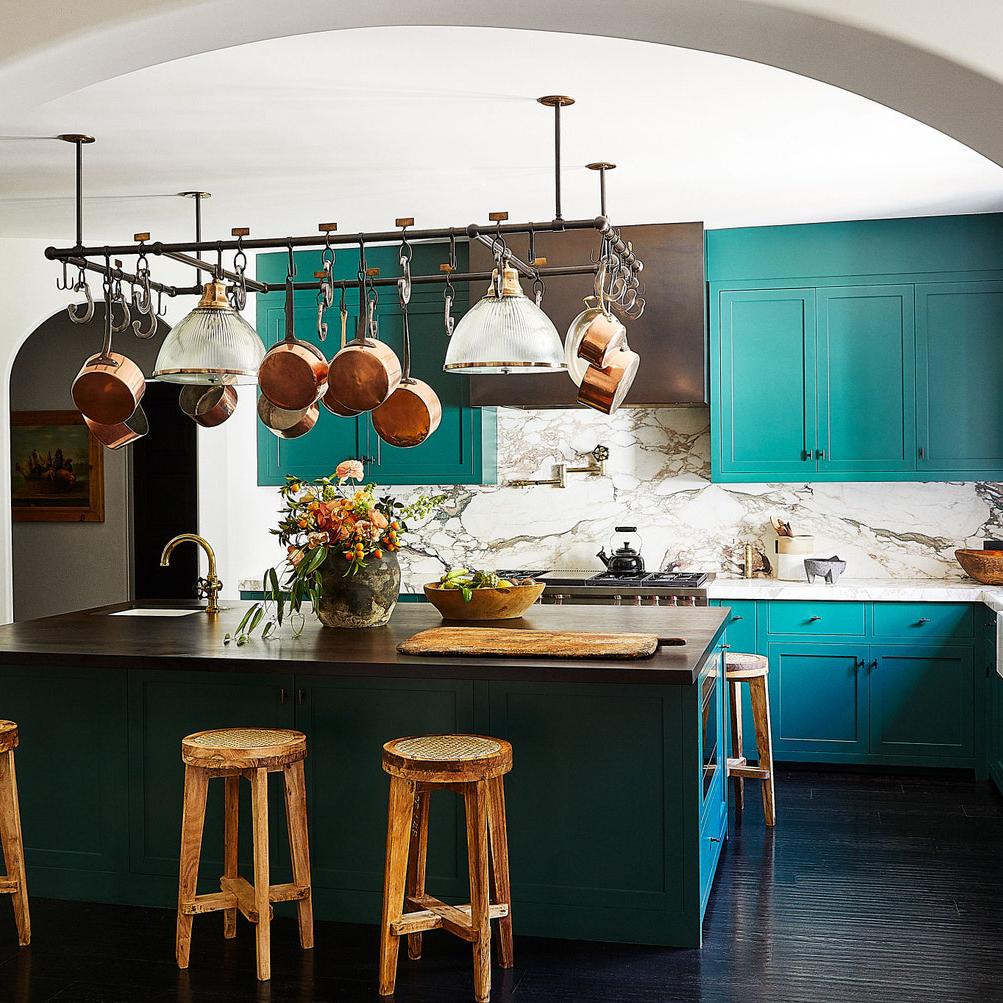Introduction
LED light rain is a popular and stunning visual effect used in various fields, such as entertainment, art, and decoration. This effect imitates the look of raindrops falling at night, creating a sparkling and enchanting atmosphere. In this article, we will delve deeper into the world of LED light rain, discussing its history, development, mechanisms, applications, and future potential.
History and Development
LED (light-emitting diode) technology was invented in the 1960s, but it was not until the 1990s that LED lights became widely available and affordable. Since then, LED technology has advanced dramatically, becoming one of the most versatile and energy-efficient lighting options. The idea of LED light rain was inspired by the beauty of natural rainfalls, which have often been used as poetic and romantic symbols. The earliest LED light rain effects were produced for stage performances, concerts and parties, but they soon became popular for home and outdoor decoration.
Mechanisms of LED Light Rain
The LED light rain effect is created by a combination of LED lights, microprocessors, and special lenses. The LED lights are arranged in a vertically aligned pattern, simulating the falling direction of raindrops. The microprocessors control the intensity, color, and timing of the lights, coordinating them to create the illusion of random movements of raindrops falling. The lenses diffuse and reflect the light, giving it a soft and sparkling texture, like a real raindrop.
Applications and Economical Benefits
LED light rain has wide applications in many areas, including:
– Stage and concert performances – LED light rain enhances the visual effect of music and dance performances, creating a mesmerizing and romantic atmosphere.
– Home and outdoor decoration – LED light rain can be used for Christmas decorations, garden landscapes, and outdoor events, transforming the spaces into magical fairylands.
– Advertising and branding – LED light rain can help to attract attention and promote products, creating memorable and emotional impressions.
– Energy saving and environmental protection – LED light rain is highly energy-efficient, compared to traditional lighting options, such as incandescent and fluorescent bulbs. It consumes up to 80% less energy, producing less heat and greenhouse gases, contributing to the global effort of combating climate change.
Future Potential and Challenges
LED light rain technology is still evolving, with constant improvements and innovations in terms of color range, customization, and interaction with other technologies, such as virtual reality (VR) and augmented reality (AR). As LED light rain becomes more common and accessible, there are also some challenges to be addressed, such as the visual fatigue caused by prolonged exposure, the safety implications of high-intensity LED lights, and the compatibility issues with different devices.


